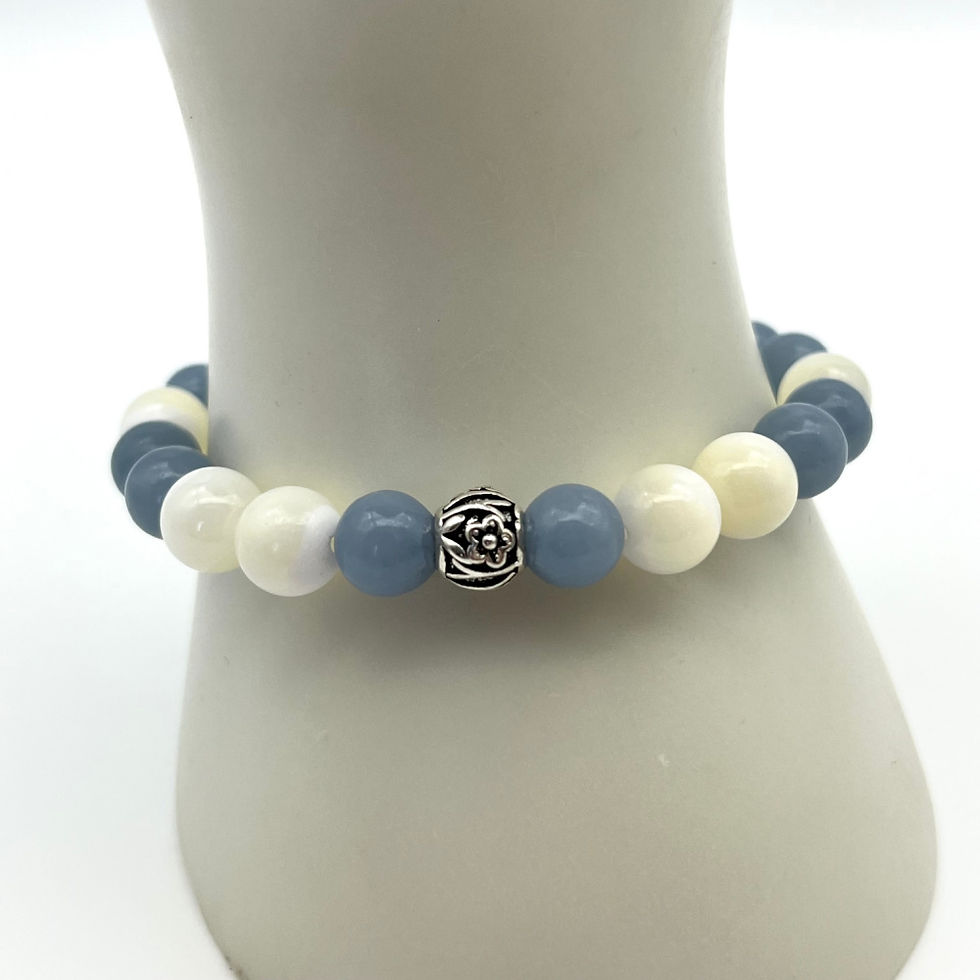collaborative guest post
Finally! You are starting to feel more like your old self after your cancer treatment. The exhaustion is subsiding and you’re feeling more confident and hopeful about your future. However, there is one area that has not “gotten back to normal“, and that is your sex life. There are several new issues that have arisen as a result of radiation therapy, surgical intervention or chemotherapy. You may now be experiencing sexual pain with intercourse, also called dyspareunia, as a result of thin and fragile vaginal tissue.
Your doctor or health care provider may have recommended that you use vaginal dilators. Vaginal dilators are cylindrical therapeutic devices that are inserted into the vagina. They come in graduated sizes- starting quite small, the size of a women’s pinky, and gradually progressing to the size of a very large erect penis. Most dilators are available in 8 sizes. Dilators are not anatomically correct and are made of silicone rubber. The silicone resembles body tissue so it is resilient, comfortable to use and easy to clean.
Progressively sized silicone vaginal dilators may help manage these symptoms by improving blood flow to the pelvic region and by stretching and relaxing the vaginal muscles, which reduces discomfort during sexual activity. When you are able to accommodate a dilator that is the size of your partner without pain, you can resume sexual intercourse with confidence. Please remember when using dilators that a little discomfort is OK, but pain is not.

Most Important- Consult with your healthcare provider
Before starting to use vaginal dilators, it is essential to consult with your healthcare provider. They can assess your condition and provide recommendations and specific advice. They know your medical history! Your health care professional may also refer you to a pelvic floor physical therapist that can educate you and on using vaginal dilators.
Start slow and be patient
Progressive vaginal dilation therapy can cause discomfort as first. Please remember to start slow and be very patient. Begin with the smallest size dilator and gradually work your way up to larger sizes as your comfort level grows. Your goal may be to insert a dilator the size of your partner. It may take weeks or months to achieve, but patience and consistency make all the difference. Some women find that if they run the dilators under warm water before insertion, it is a more comfortable experience.
Use a lubricant
Always use a high-quality water-based lubricant with your dilator. This helps with insertion of the dilator and makes it more comfortable, since it reduces friction. Do not use a silicone lubricant with a silicone dilator as it will damages the silicone. Always be very generous with the lubricant, both on your vulva and on the dilator.
Find a comfortable position and private location
Many women prefer to lie on their back with their knees bent. Try what works best for you. Relaxation is important- having privacy and being free from distractions is very helpful.
Practice relaxation techniques
Practicing relaxation techniques such as meditation, deep breathing, and/or visualization can help lower your anxiety and thus make the vaginal dilation therapy process easier. Be gentle with yourself and don't get discouraged if progress is slow or uneven. Sometimes you may take a step back in your progress- this is not usual.
Keep your dilators clean
Always wash your dilators after each use with warm water and a mild soap. You can air dry them, use a hair dryer or towel dry. Silicone dilators can also be placed in boiling water as the silicone is stable at high temperatures.
In conclusion, using silicone dilators regularly with proper medical advice can help manage the pain you are experiencing sexually due to your cancer treatment. Just remember- always start slow, use lubrication and be patient.








.png)





































